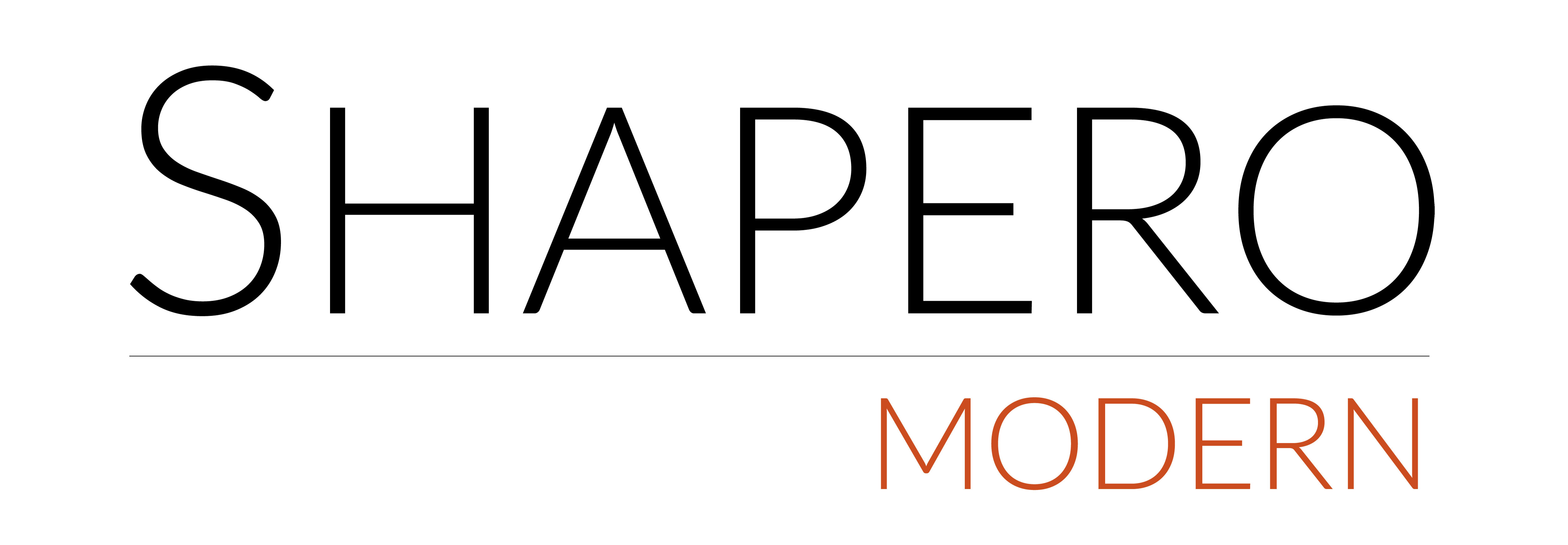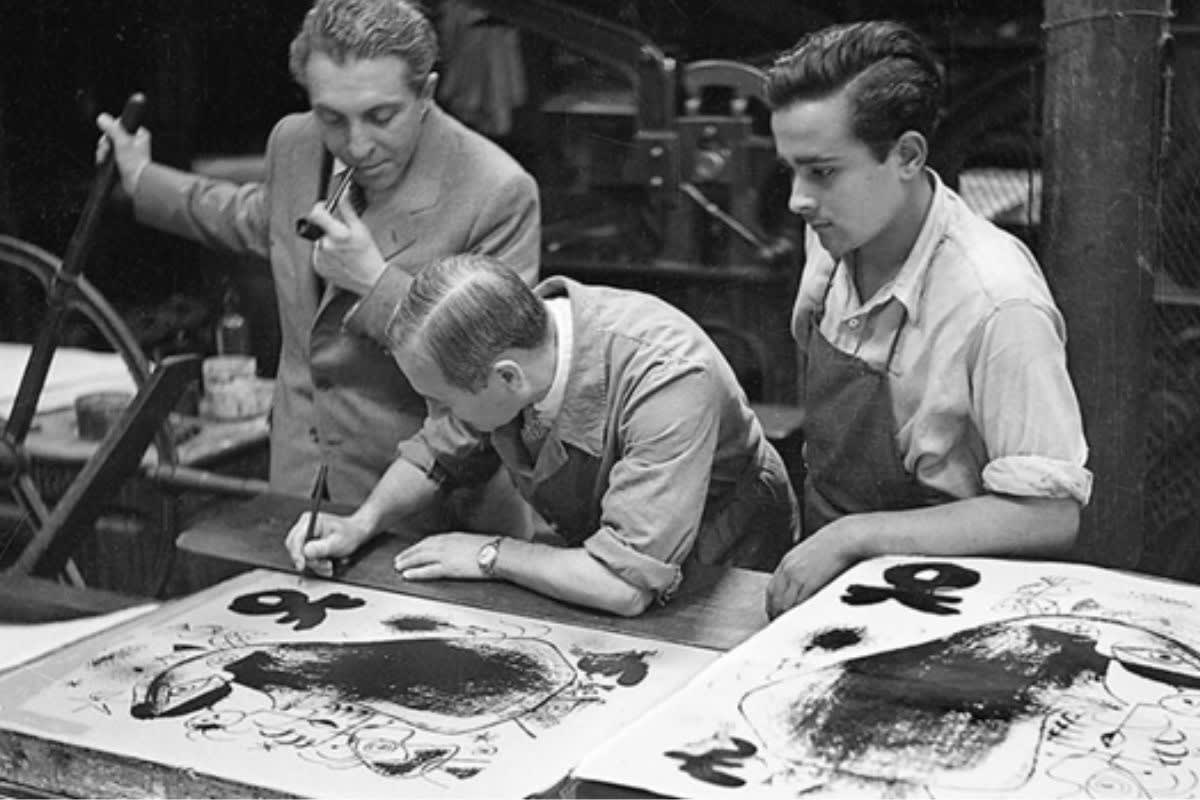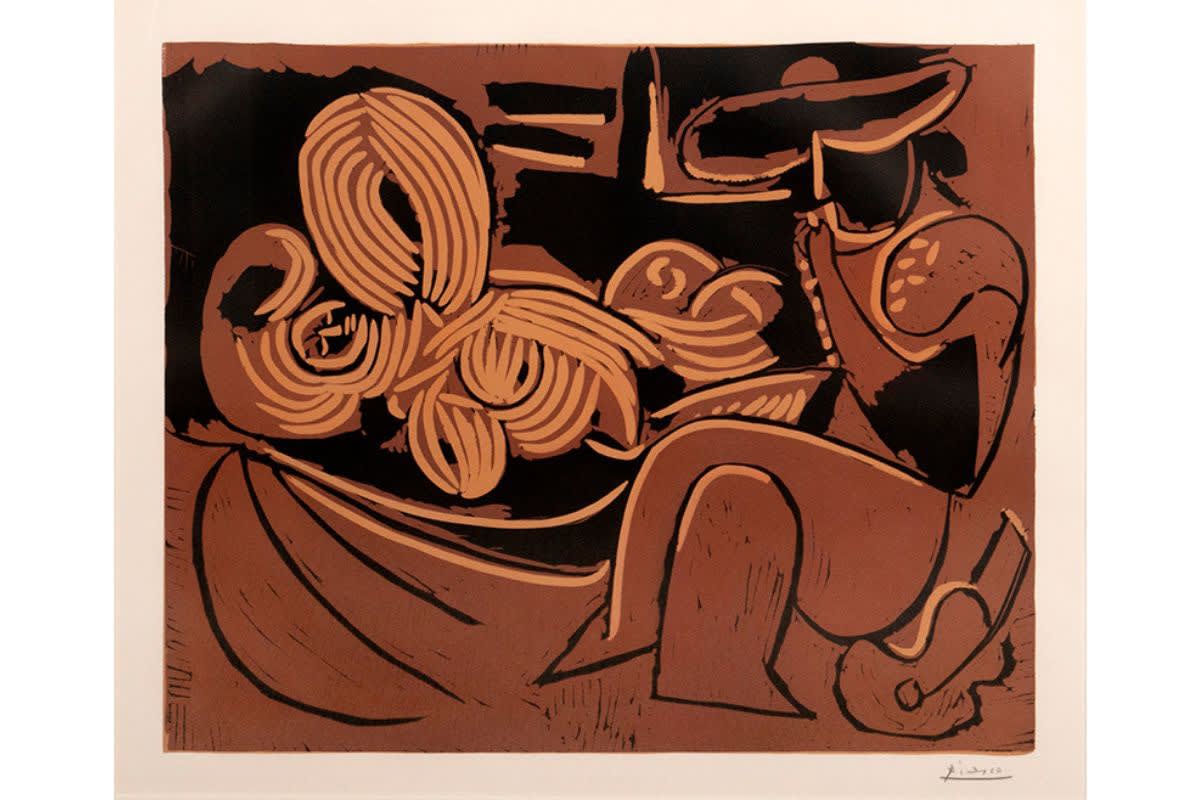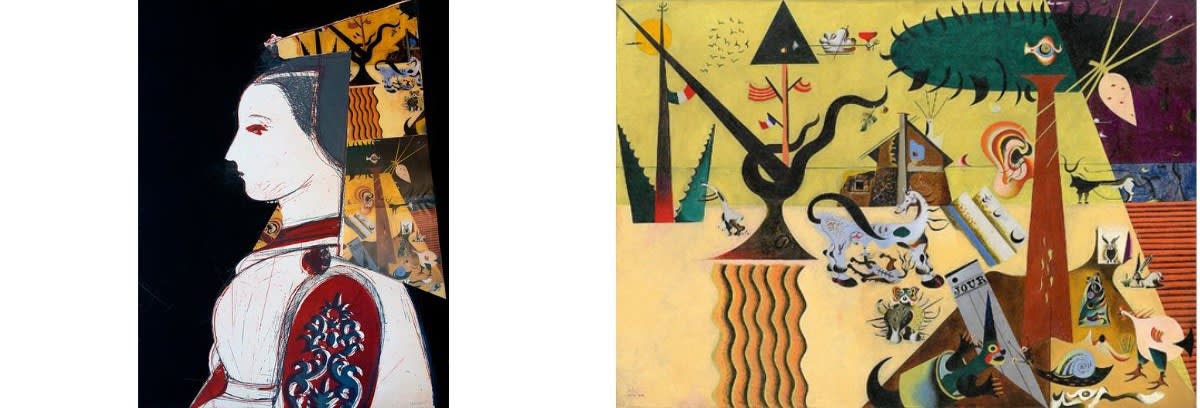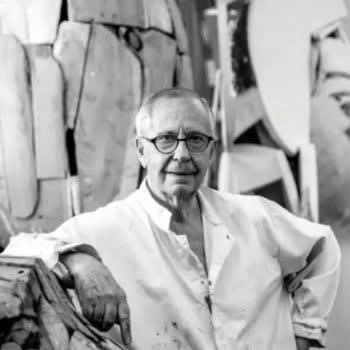
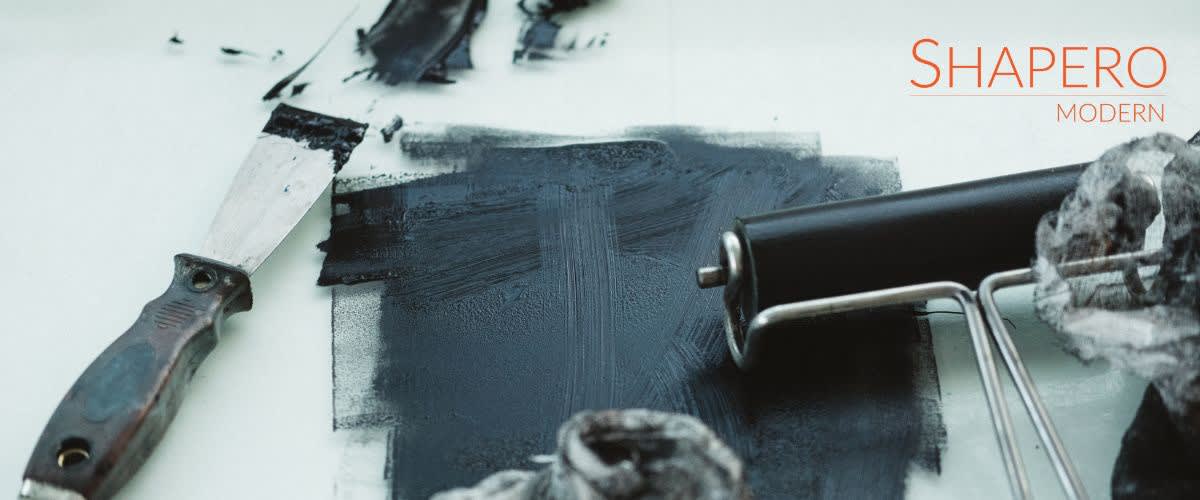
Modern Spanish Printmakers
This week, we explore the works of Spain’s most iconic modern masters, whose innovative approaches to traditional printmaking techniques continue to shape the landscape of contemporary art.
© Fundació Joan Miró, Barcelona
Pablo Picasso (1881-1973), a visionary whose work spanned numerous styles and mediums, transformed the world of printmaking. Picasso’s prints are a blend of techniques, with his methods of expression constantly evolving right up until the end of his life.
In the 1950s, Picasso embraced the linocut, a process in which he skilfully carved designs into sheets of linoleum, inked them, and transferred them onto paper, as seen in the artwork L’Aubade avec Femme Endormie which is available to purchase from our gallery.
Pablo Picasso, L’Aubade avec Femme Endormie, 1959
A contemporary of Picasso, Joan Miró (1893–1983) also embraced printmaking techniques throughout his life. Notably, in the 1960s, he was introduced to the pioneering use of carborundum by printmaker Robert Dutrou. This technique involves mixing an abrasive ground known as carborundum with a binding agent and applying it to a printing plate. The result is a tactile, granulated effect that adds depth and richness to the print. Le Beluga, on view at our Bond Street gallery, is a striking example of this technique, as the rich, sooty black of the beluga contrasts against the splattered background, drawing the viewer into a powerful visual experience.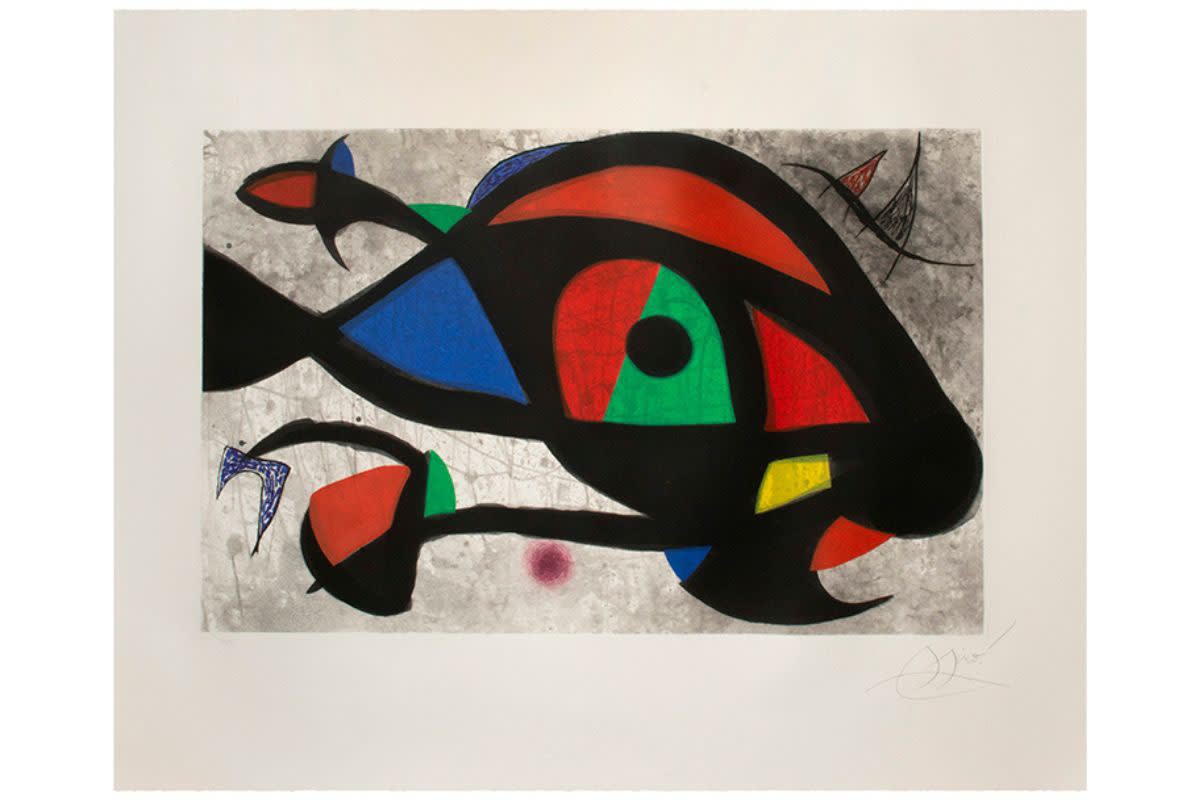
Joan Miró, Le Beluga, 1975
Miró’s dedication to pushing the boundaries of printmaking has influenced generations of artists, including Antoni Tàpies (1923-2012). Tàpies was fascinated by printmaking as a way to engage with the tactile elements present in his paintings. In particular, he created prints using aquatint, a form of etching that creates areas of tone by using a semi-porous ground on the plate. The acid bites though the ground, leaving subtle areas of tone over the incised lines, and producing prints that have a watercolour-like quality.
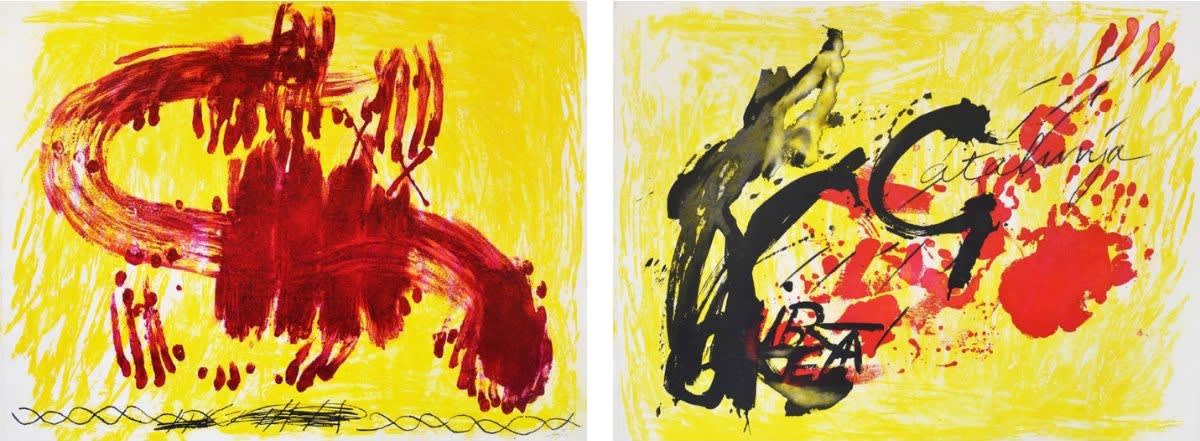
A.T., Suite Catalana, plate 3, 1972
A.T., Suite Catalana, plate 4, 1972
Finally, Manolo Valdés (b. 1942), a contemporary artist, draws on the legacy of these Spanish masters while forging his own path in printmaking. In Profil (Joan Miró), Valdés re-imagines the sitter from Fra Filippo Lippi’s Portrait of a Woman with a Man at a Casement (c. 1440), considered to be one of the defining works of Italian Renaissance portraiture. Valdés combines this classical artwork with a collage fragment of a painting by Miró, paying homage to both Classical and Modernist traditions. Through these layered techniques, Valdés unites history and innovation, showcasing the enduring influence of Spanish printmaking.
Manolo Valdés,
Profil (Joan Miró), 2008
Joan Miró,
The Tilled Field, 1923/24
© Guggenheim
We invite you to explore the work of these artists and discover how they pushed the boundaries of traditional printmaking techniques at our 94 New Bond Street gallery or online at ShaperoModern.com

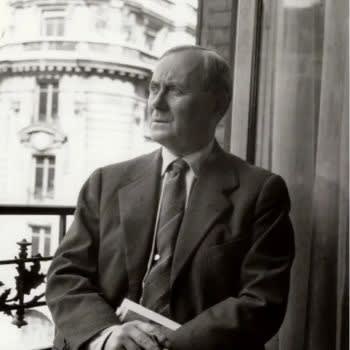
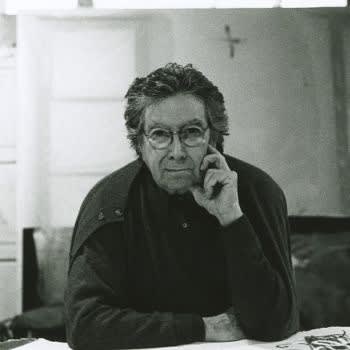
DISCOVER THE CURRENT EXHIBITION
